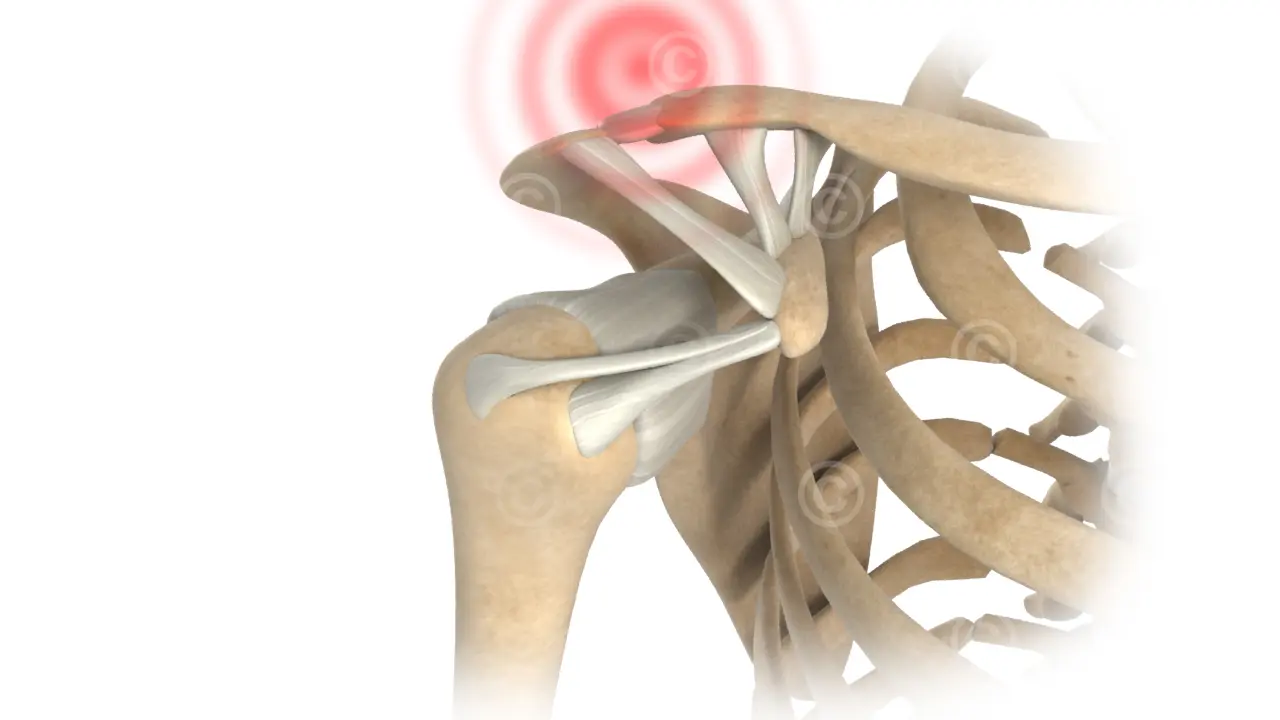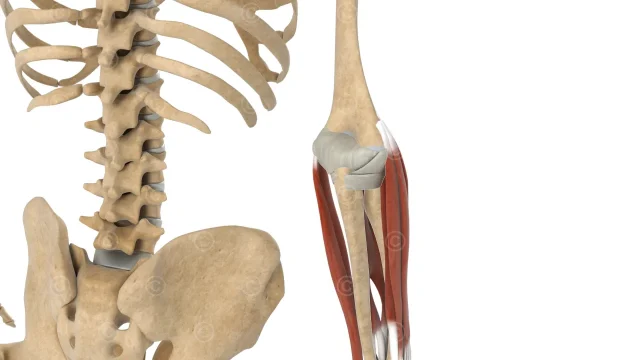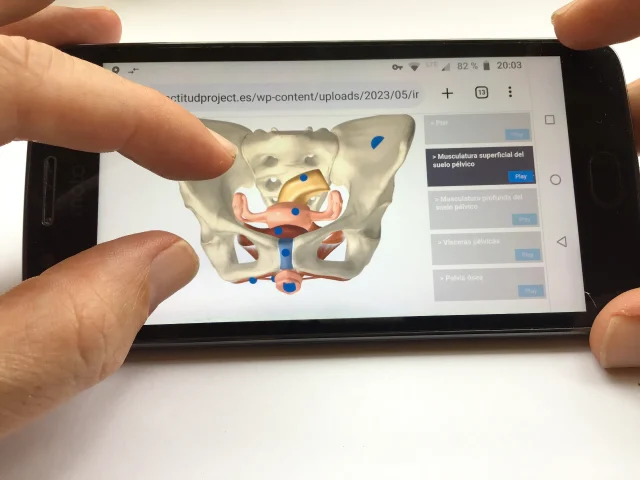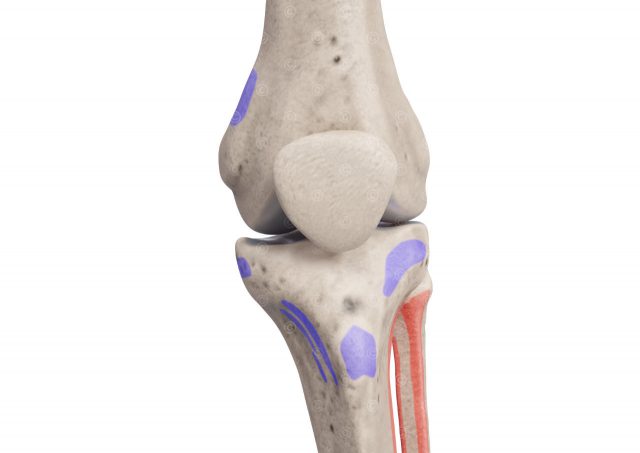Rights of use of the visual material: Allianz AG
Music: Kevin McLeod – Impact prelude – License: Creative Commons (CC BY 3.0)
Creation of graphical content for a web-based training of Allianz AG on the musculoskeletal system of the upper body with a focus on the shoulder. A linear, seamless animation leads through the topics of the e-learning. At defined points the animation stops and textual information, illustrations, interactive 3D models are faded in to convey anatomical content or the viewer’s level of knowledge is tested by means of a quiz.
This e-Learning module provides basic knowledge of shoulder anatomy and common disorders and injuries.
The shoulder consists of various anatomical structures that work together to provide motion and stability. The main components of the shoulder anatomy include the clavicle, the scapula, the humerus, the rotator cuff formed by four muscles (supraspinatus, infraspinatus, teres minor and subscapularis) and their tendons, the acromion, the joint capsule, ligaments, bursa and other muscles (deltoid, biceps, trapezius).
The following disorders and injuries of the shoulder were addressed:
Acromioclavicular joint injuries according to the Tossy classification refer to injuries of the acromioclavicular joint in which there is instability or displacement between the clavicle (collarbone) and the scapula (shoulder blade). The Tossy classification is a common method of characterizing such injuries and classifying them into different degrees of severity.
- Tossy grade I: In this type of injury, the acromioclavicular joint is slightly overstretched, but there is no visible displacement of the bones. There may be mild pain and swelling in the acromioclavicular joint, but the stability of the joint is maintained.
- Tossy Grade II: This involves partial rupture of the ligaments in the acromioclavicular joint, resulting in slight displacement of the clavicle relative to the scapula. The ligaments are stretched or partially torn, and there may be moderate pain, swelling, and decreased shoulder mobility.
- Tossy grade III: In this most severe form of acromioclavicular joint injury, there is complete rupture of the ligaments, causing the clavicle to protrude significantly from the scapula. The acromioclavicular joint is unstable, and severe pain, swelling, and significantly limited range of motion may occur.
A rotator cuff rupture refers to an injury or tear of one or more tendons of the rotator cuff in the shoulder joint. The rotator cuff consists of a group of four muscles and tendons (supraspinatus, infraspinatus, teres minor and subscapularis) that stabilize the shoulder joint and allow movement. Rotator cuff tears can be caused by acute injuries, such as a fall on the arm or sudden overuse of the shoulder. However, they can also occur gradually, due to degeneration of the tissue over time. Treatment for a rotator cuff rupture depends on the severity of the injury, the symptoms, and the patient’s individual circumstances.
Impingement of the shoulder refers to a painful condition in which the soft tissues in the shoulder, particularly the tendons of the rotator cuff, become pinched or trapped. This occurs when the space under the acromion is narrowed and there is friction or compression of the tendons.
In addition, the following diseases of the shoulder were addressed: Humeral head fracture, dislocations of the shoulder joint, periarthritis humeroscapularis.
Project details e-Learning disorders shoulder
Content: approx. 15 animation sequences, length approx. 20 minutes, approx. 5 illustrations, 1 interactive webGL applications
Usage: E-Learning Allianz AG
Specification: Resolution 1280*720px (HD)
Client: Allianz AG / TTS
The rights of use of the animations and illustrations shown here belong to the customer. The visual material is protected with watermarks.
Screencast webGL modell anatomy shoulder – browser:
Rights of use of the visual material: Allianz AG
Music: Kevin McLeod – Impact prelude – License: Creative Commons (CC BY 3.0)
Illustrationen e-Learning shoulder:
















